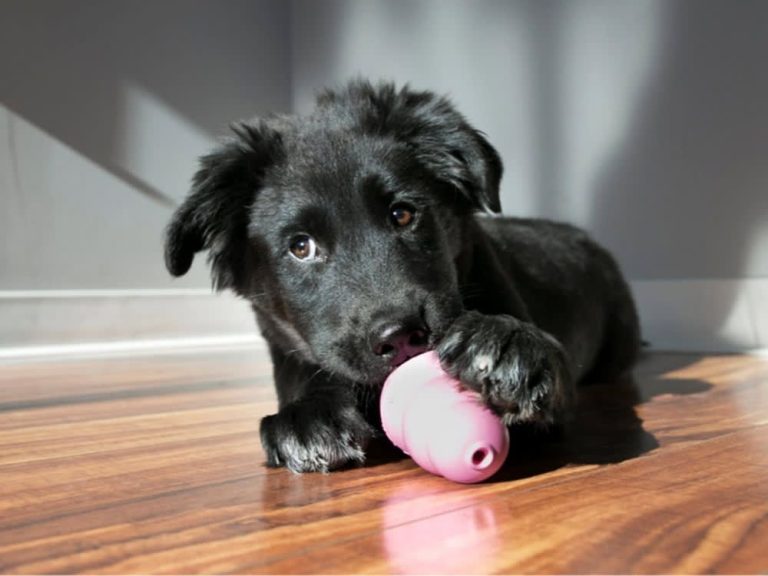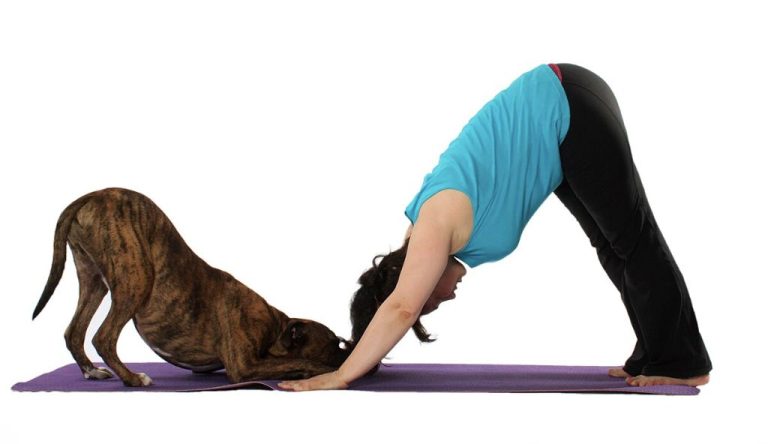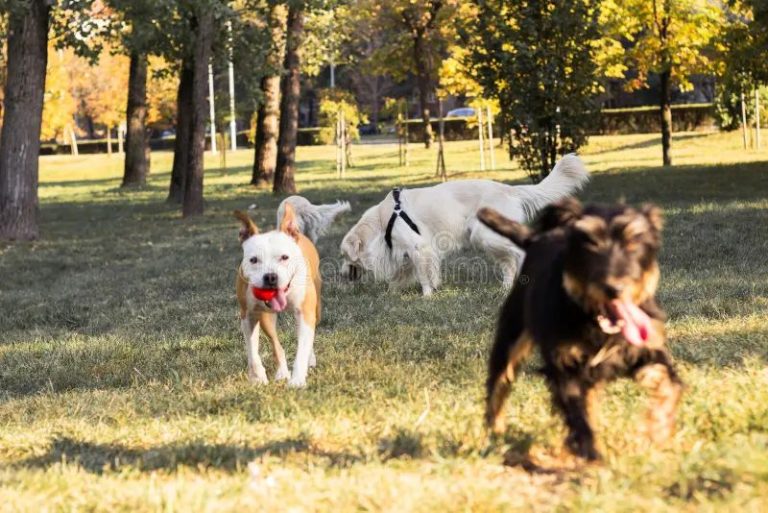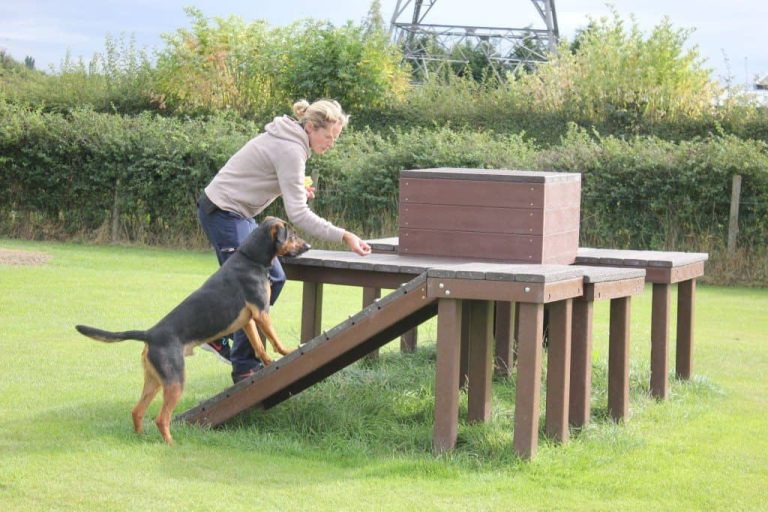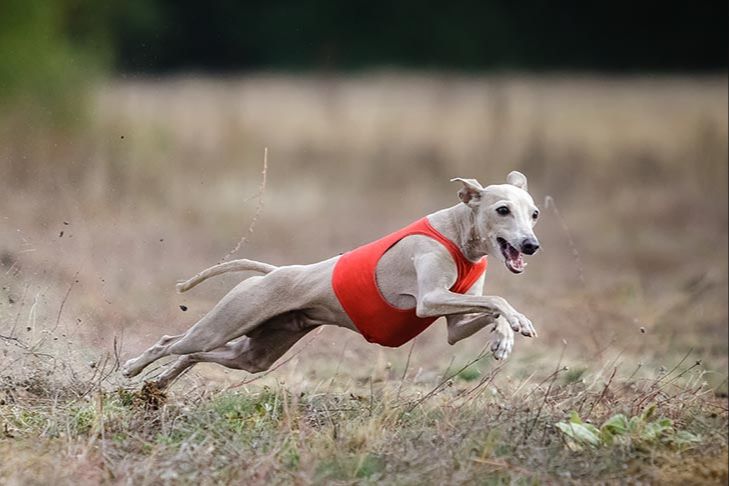Interactive Toys For Active Dogs
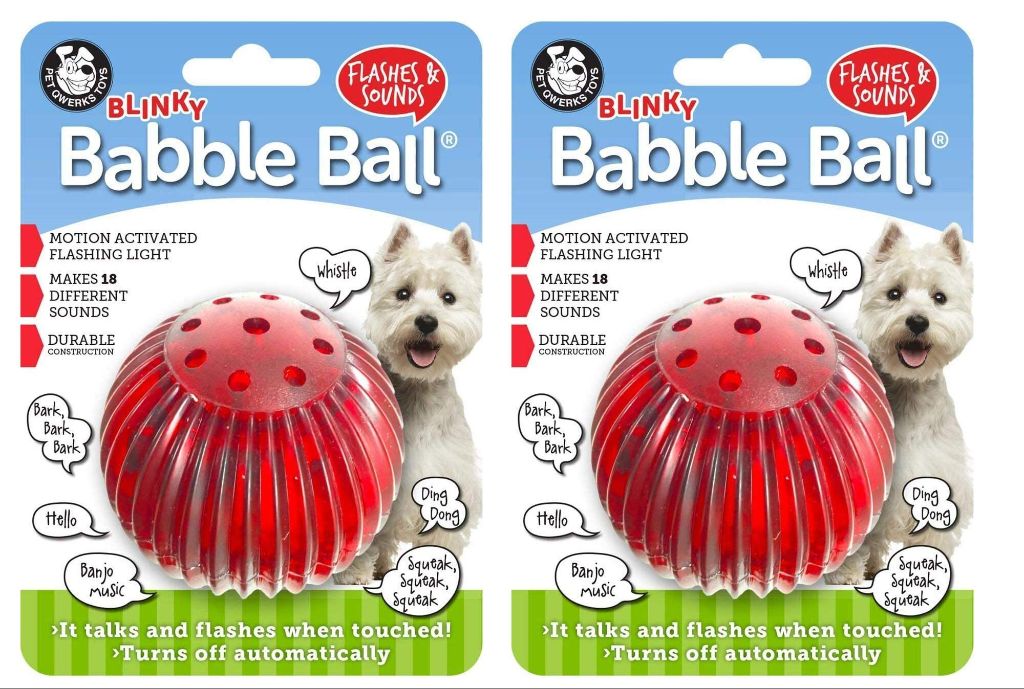
The purpose of this article is to provide dog owners with an in-depth look at interactive toys and how they can benefit active dogs. We will cover what makes a dog active, the benefits of using interactive toys, the different types of toys available, safety tips, DIY options, top toy recommendations, and final considerations to keep in mind. The goal is to give owners the information needed to choose the best interactive toys to keep their energetic dogs happily occupied and engaged.
Interactive toys are designed to stimulate a dog both physically and mentally through play and problem solving. This guide will explore this category of dog toys that can be invaluable for highly active canines who need an outlet for their energy and intelligence.
What Makes a Dog Active?
Some dog breeds are naturally more energetic and active than others due to their genetics and breeding history. High energy dogs were often bred for physically demanding jobs like herding, hunting, running, pulling sleds, or guarding livestock. These working breeds tend to have high stamina, intensity, and exercise needs compared to other breeds.
According to Daily Paws, some of the most active dog breeds include Border Collies, Australian Cattle Dogs, Jack Russell Terriers, Dalmatians, Vizslas, Weimaraners, Rhodesian Ridgebacks, Pointers, Setters, and Huskies. These breeds are intelligent, driven, and require at least an hour of intense exercise per day along with mental stimulation. Without enough activity, they may become restless or destructive.
In a list of the top 10 most active dog breeds, PitPat also names energetic breeds like German Shorthaired Pointers, Shetland Sheepdogs, Standard Poodles, Portuguese Water Dogs, and Belgian Malinois. These dogs were developed to work closely with people doing physically demanding jobs.
Some traits that make dogs more active are high energy levels, intelligence, independence, excitability, and athleticism. Breeds that are highly energetic as puppies often remain energetic into adulthood. Providing enough exercise and mental stimulation is key to keeping these active breeds happy and well-behaved.
Benefits of Interactive Toys
Interactive toys provide important mental and physical stimulation for active dogs. As reported by Kong Club, interactive toys are “excellent for banishing boredom while keeping dogs on their paw pads” (https://kongclub.app/keep-your-pup-busy-with-interactive-dog-toys/).
Mentally, interactive toys present dogs with a challenge or problem to solve. This provides vital cognitive enrichment and prevents destructive behaviors that can arise from boredom and under-stimulation. As Earthborn Holistic Pet Food notes, interactive toys promote mental stimulation, focus, and problem solving skills (https://www.earthbornholisticpetfood.com/blog/training-behavioral/the-ultimate-guide-to-interactive-dog-toys/).
Physically, interactive play motivates dogs to run, jump, and stay active. The physical exercise helps release pent up energy in high energy dogs. As Bark Potty explains, interactive toys provide physical exercise, which is essential for a dog’s health and happiness (https://barkpotty.com/blogs/bark-blog/why-are-interactive-toys-important-for-dogs).
In summary, interactive toys give active dogs the mental challenges and physical activity they crave. This promotes healthy development and prevents problem behaviors stemming from boredom and inactivity.
Types of Interactive Dog Toys
There are many different types of interactive toys that provide mental and physical stimulation for dogs. Some popular categories include:
Food Puzzles
Food puzzle toys like the Kong Wobbler (source) challenge dogs to move the toy in different ways to get treats out. They encourage natural foraging behaviors. Other examples are puzzle cubes, mazes, and snuffle mats.
Treat Dispensing Toys
These toys reward dogs with treats or kibble as they play. Treat balls like the StarMark Bob-A-Lot (source) dispense treats when rolled around. Others have holes or slots dogs must manipulate to earn rewards.
Tug Toys
Interactive tug toys encourage dogs to grip, pull, and play tug-of-war. Types like rope toys and plush toys with multiple textures stimulate dogs’ senses during play. Chew-resistant tug toys provide long-lasting fun.
Fetch Toys
Balls, flying discs and other toys that dogs can chase, catch, and retrieve tap into their natural fetch drive. Interactive fetch toys encourage bonding through play and exercise.
In addition, there are electronic, treat-launching, floating, and squeaky interactive toys. Choosing the right type keeps dogs mentally and physically engaged in positive ways.
Choosing the Right Toy
When selecting interactive toys for your dog, there are several factors to consider based on their unique size, breed, and play style. Smaller dogs generally do best with smaller toys that are easy for them to manipulate. Larger, stronger dogs need durable toys that can withstand power chewing. Herding breeds and other intelligent dogs often thrive with more challenging puzzle toys. High energy dogs require toys that provide longer-lasting play potential.
Take your dog’s personality into account as well. Independent dogs may prefer toys they can play with on their own, like treat dispensing balls. Social dogs may benefit more from interactive toys for multiple pets or those you can play together, like tug toys. Destructive chewers need tougher toys made of harder materials like rubber or hard plastic. Less aggressive chewers do fine with softer toys.
You’ll also want to match the toy to your dog’s play style. Does your dog like to fetch, tug, carry toys around, or engage in solo play for hours? Offering a variety of interactive toys allows your dog to engage in different types of play.
Additionally, consider your dog’s safety. Avoid toys with small parts that could present a choking hazard for aggressive chewers. Supervise your dog with any new toy until you see how they interact with it. Monitoring their play will allow you to determine which toys are the best fit.
With some consideration of your individual dog’s needs and preferences, you can select interactive dog toys that provide ideal physical and mental enrichment.
Sources:
https://www.preventivevet.com/dogs/the-best-interactive-toys-and-food-puzzles-for-your-dog
https://outwardhound.com/furtropolis/dogs/interactive-dog-toys-buying-guide
Safety Tips
When choosing and using interactive toys with your dog, there are some important safety considerations to keep in mind:
Supervise playtime – Do not leave your dog unsupervised with any toy, especially new toys or toys with small parts they could choke on. Monitor them to make sure they are using the toy appropriately.
Inspect for wear and tear – Check interactive toys frequently for any damage from chewing and discard or repair toys that could unravel or break into pieces. Look for damaged squeakers, loose parts, and exposed stuffing.
Choose non-toxic materials – Make sure all materials used in the toy are dog-safe and non-toxic. Avoid toys made with compounds like BPA and phthalates. Stick to natural materials whenever possible.
Don’t leave toys out unsupervised – Put interactive toys away after playtime so your dog doesn’t have access without supervision. Leaving toys out can lead to destructive chewing behaviors.
Rotate toys to prevent boredom – Rotate different interactive toys to keep them novel and interesting for your dog. A bored dog is more likely to be destructive with their toys.
Consider your dog’s chewing style – Aggressive chewers need tougher toys made of durable materials like hard plastic or thick natural rubber. Soft toys with squeakers and stuffing won’t hold up.
Watch for signs of aggression – If your dog guards their toys aggressively, displays possessive behaviors, or gets overstimulated, take the toy away and don’t encourage competition with other pets.
Make safety a priority for a fun and positive playtime experience for you and your dog!
DIY Interactive Toys
Creating homemade interactive toys for dogs can be a fun project. Most DIY dog toys require common household materials that are likely already on hand. DIY toys are also great because you can customize them to your dog’s interests and abilities. Here are some ideas for DIY interactive dog toys using items around your house:
An easy DIY toy is to place small treats inside an empty toilet paper roll and fold over the ends. Dogs will enjoy rolling and tossing the tube around to get the treats out. For a more advanced version, add multiple compartments or layers. Adding a little peanut butter on the inside makes it even more challenging and engaging (Source: https://blog.homesalive.ca/dog-blog/diy-dog-toys).
Cut holes in an old plastic bottle and place small treats or kibble inside. As your dog rolls and bats the bottle around, treats will fall out. Make it more difficult by using smaller holes or a sturdier bottle. This is an especially good toy for dogs who like to chase and pounce (Source: https://www.pinterest.com/leanne0067/diy-dog-toys/).
For puzzle-loving pups, make a homemade “treat ball” by packing an old tennis ball with their favorite snacks. Seal the ball with peanut butter or cheese and let your dog work to get the treats out. You can also create puzzle games by hiding treats in cardboard egg cartons or boxes and letting your dog sniff them out.
Fill old socks with spare fabric or stuffing to create interactive tug toys. Knot the open end and decorate with ribbon or embroidery thread for your dog’s enjoyment. Pair with a rope for tug-of-war. Active dogs will love shaking and tossing around their homemade sock toy (Source: https://www.pinterest.com/pin/542191242645298370/).
Top Interactive Toy Recommendations
Here are some of the best interactive dog toys on the market to keep your active pup mentally and physically stimulated:
Kong Wobbler
The Kong Wobbler is a classic interactive food dispensing toy. As your dog plays with it, food comes tumbling out. This provides a rewarding challenge for dogs. Pros: Dispenses treats or kibble randomly to keep dogs engaged, easy for dogs to pick up and carry, durable hard plastic. Cons: Need to supervise to prevent gorging, can be noisy.
Nina Ottosson Puzzle Toys
The Nina Ottosson puzzle toys offer varying levels of interactive challenge. Dogs must slide open lids, lift flaps, or move blocks to reveal hidden treats. Pros: Adjustable difficulty levels, encourages mental stimulation, variety of puzzle designs. Cons: Can be difficult for some dogs, plastic may not withstand aggressive chewers.
Treat Balls
Treat balls like the Starmark Bob-A-Lot allow dogs to bat and roll the toy around to release kibble or treats. The adjustable openings let you control the challenge. Pros: Engaging self-play, expends energy. Cons: Noisy on hard floors, some dogs get frustrated.
Kong Gyro
The Kong Gyro has an interior spinning mechanism that flings out treats when nudged. The erratic movement keeps dogs on their toes. Pros: Unpredictable movement holds dogs’ interest, easy to clean, adjustable difficulty. Cons: Light enough for some dogs to grab and chew instead of nudging.
Trixie Activity Flip Board
The Trixie Activity Flip Board has cones that dogs must lift with their nose or paws to find hidden treats underneath. Pros: Adjustable openings allow you to hide treats or kibble, textured rubber cones are gentle on dog’s nose. Cons: Cones can tear off with aggressive chewers.
Final Considerations
To summarize, interactive toys provide many benefits for active dogs. They provide mental stimulation, which is just as important as physical exercise for a dog’s overall health and happiness. Interactive toys help prevent boredom and destructive behaviors by giving dogs an outlet for their energy. They also allow dogs to engage in natural behaviors like foraging, hunting, and problem solving. Choosing the right interactive toy for your dog based on their size, activity level, and preferences is key to getting the most enrichment value.
Some great options to consider are food puzzle toys, treat dispensing toys, tug toys, fetch toys, and chew toys. Make sure to monitor your dog’s playtime and avoid any toys that could pose a choking hazard or damage their teeth. Rotating different interactive toys will keep your pup engaged and challenged. Investing in quality interactive dog toys is an easy way to provide your active furry friend with both physical and mental exercise every single day.
With the right interactive toys, you can provide an enriching outlet for your energetic dog’s needs. A tired, happy dog is a well-behaved member of the family. Interactive play strengthens the bond between owner and dog. So be sure to choose severalinteractive toys to keep your active dog engaged in positive playtime behaviors.
Conclusion
In conclusion, providing the right interactive toys is crucial for keeping active dogs engaged and stimulated. While active dogs require plenty of exercise, interactive playtime is also essential for providing mental enrichment. The most effective interactive dog toys cater to your dog’s natural instincts to chase, chew, forage, and problem-solve. Whether you choose treat-dispensing toys, tug toys, fetch toys, or chew toys, it’s important to select durable options appropriate for your dog’s size, activity level, and chewing habits. Rotate through different toys to keep your dog interested and engaged. With the right interactive toys, you can provide your active dog with hours of enriching playtime and interaction every day.

